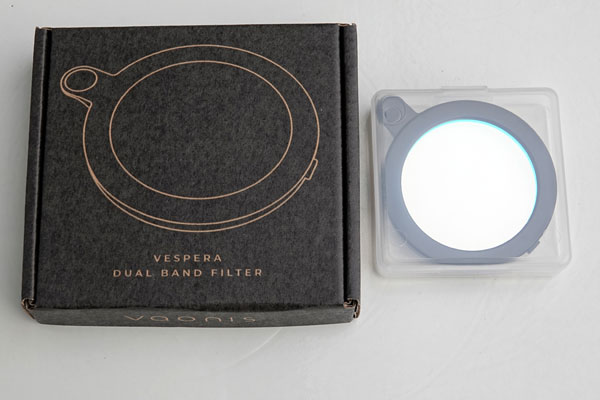Vaonis Vespera - Dual Band Filter Photos and Topaz Denoise AI
Introduction | Photos with Dual Band Filter - without and with Topaz DeNoise AI Post-Processing | First Conclusions | Links
Archive
On this page, I present photos that I took with my electronic 2" refractor telescope Vaonis Vespera 50 mm/200 mm (f/4) with the Dual Band Filter and that I post-processed with Topaz DeNoise AI.
See also pages:
- Vaonis Vespera - Information
- Vaonis Vespera - FAQ
- Vaonis Vespera - Adventurer Pack and More Accessories
- Vaonis Vespera - Observations of the Sun
- Vaonis Vespera - Observations with Filters
- Vaonis Vespera - Further Observations with the Dual Band Filter
- Vaonis Vespera - Dual Band Filter Photos and Topaz Denoise AI
- Vaonis Vespera - Further Observations with the CLS Filter
Note: In June 2024, I sold my Vaonis Vespera smart telescope. I therefore cannot report any further experiences with it here. |
Introduction
On this page, I take a look at photos taken with the Dual Band Filter that were post-processed without and with Topaz Denoise AI. The question is, whether and to what degree Denoise AI can improve the look of photos.
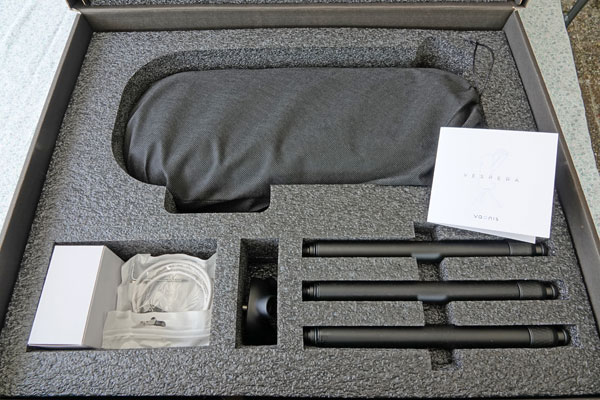 |
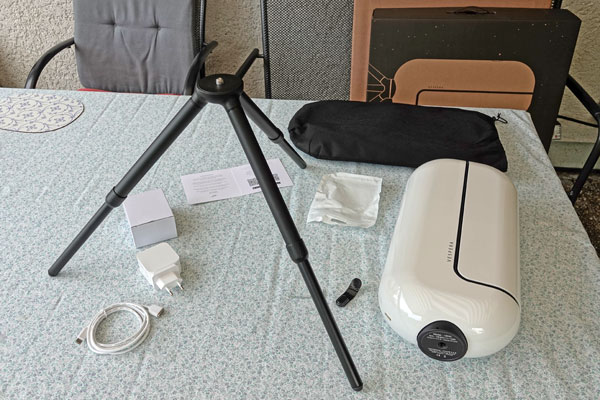 |
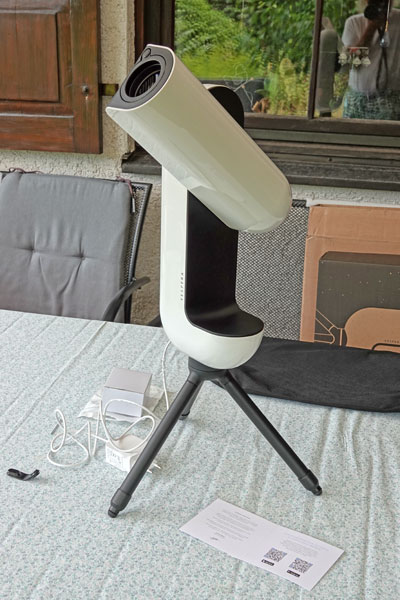 |
Photos: My Vaonis Vespera (end of July 2022)
Dual Band Filter
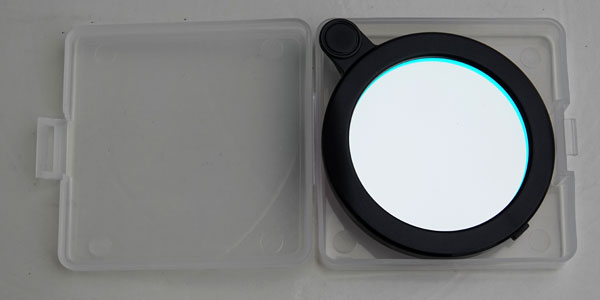 |
||
Dual Band Filter |
Dual Band Filter |
Photos with Dual Band Filter - without and with Topaz DeNoise AI Post-Processing
Note: Please click the previews or the large versions!
IC 1848 (Soul Nebula)
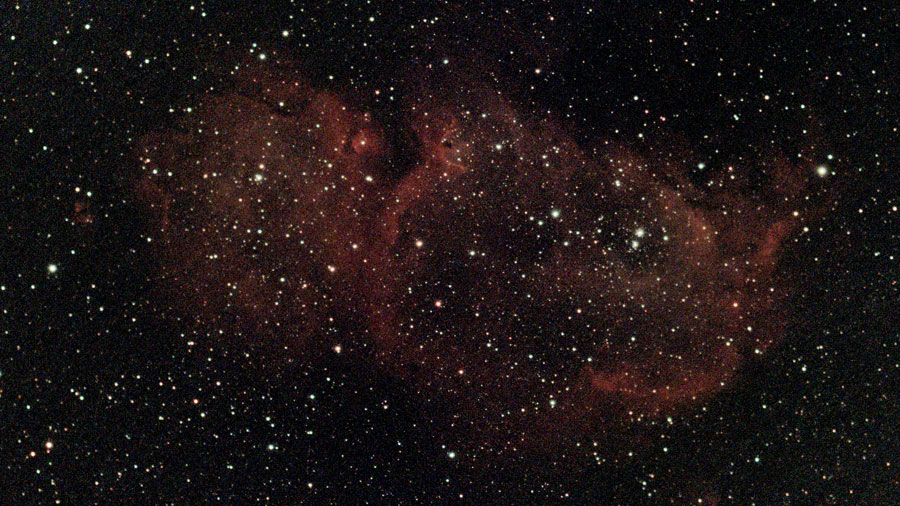 |
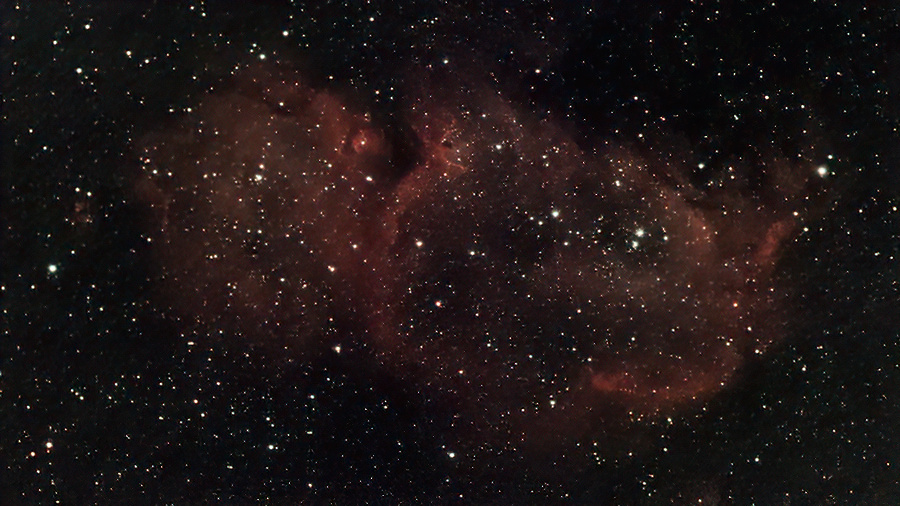 |
|
IC 1848, Jan 10, 2024 - large (2550s), small mosaic, Dual Band Filter, processed |
IC 1848, Jan 10, 2024 - large (2550s), small mosaic, Dual Band Filter, photo left additionally post-processed with DeNoise AI |
NGC 281
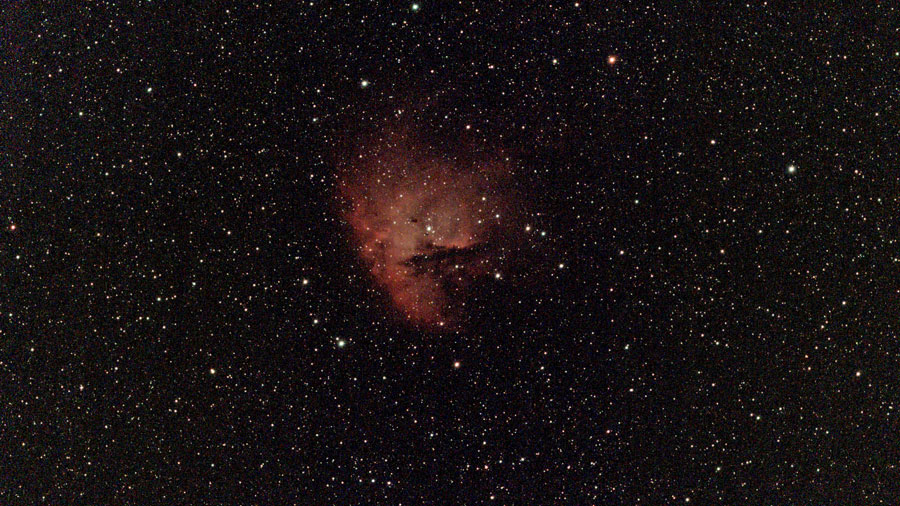 |
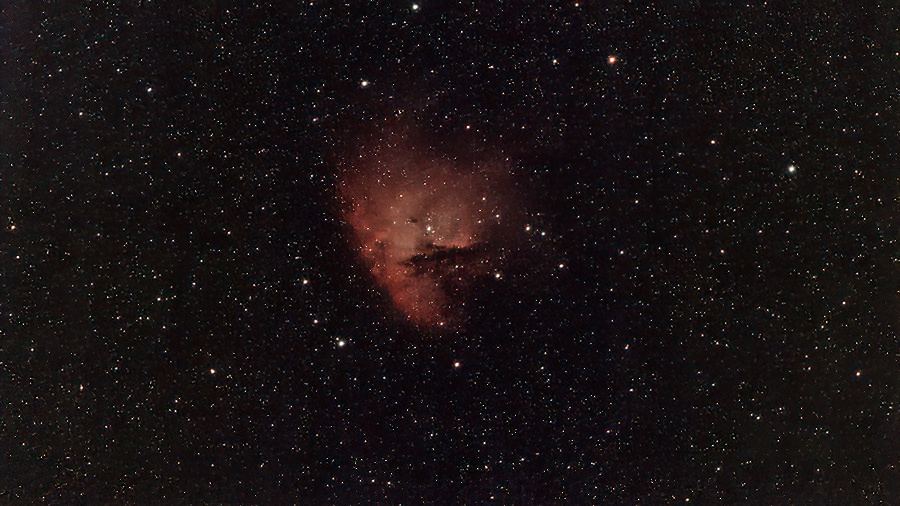 |
|
NGC 281, Jan 10, 2024 - large (204 frames = 2040 seconds), small mosaic, Dual Band Filter, processed |
NGC 281, Jan 10, 2024 - large (204 frames = 2040 seconds), small mosaic, Dual Band Filter, photo left additionally post-processed with DeNoise AI |
NGC 1499
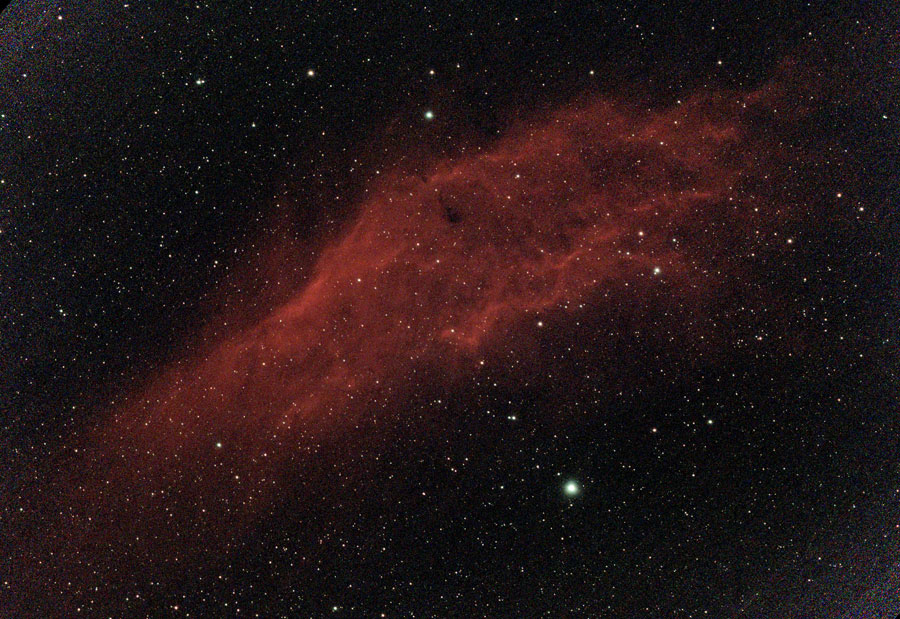 |
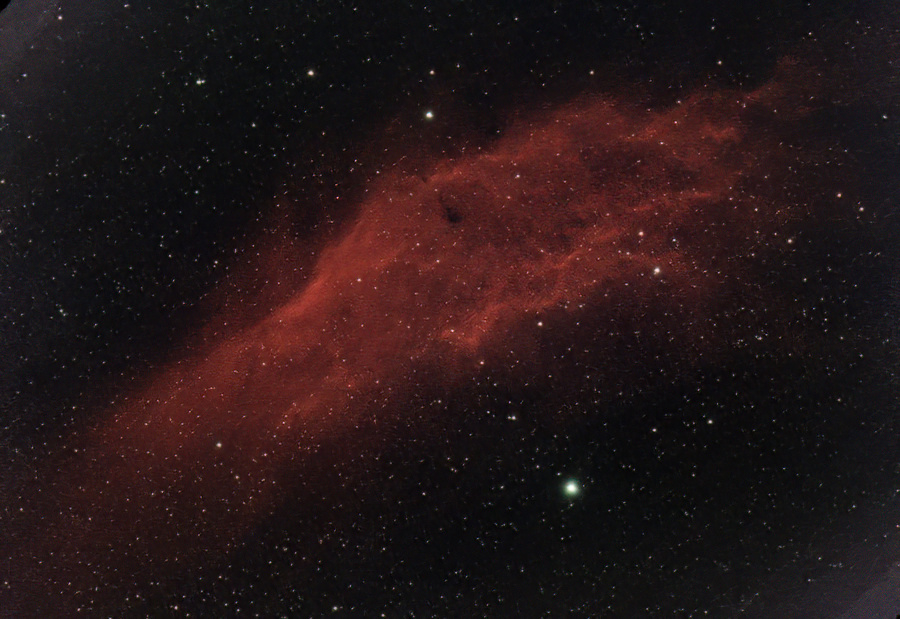 |
|
NGC 1499, Jan 10, 2024 - large, mosaic, 3210s, Dual Band Filter, processed |
NGC 1499, Jan 10, 2024 - large, mosaic, 3210s, Dual Band Filter, photo left additionally post-processed with DeNoise AI |
NGC 2024
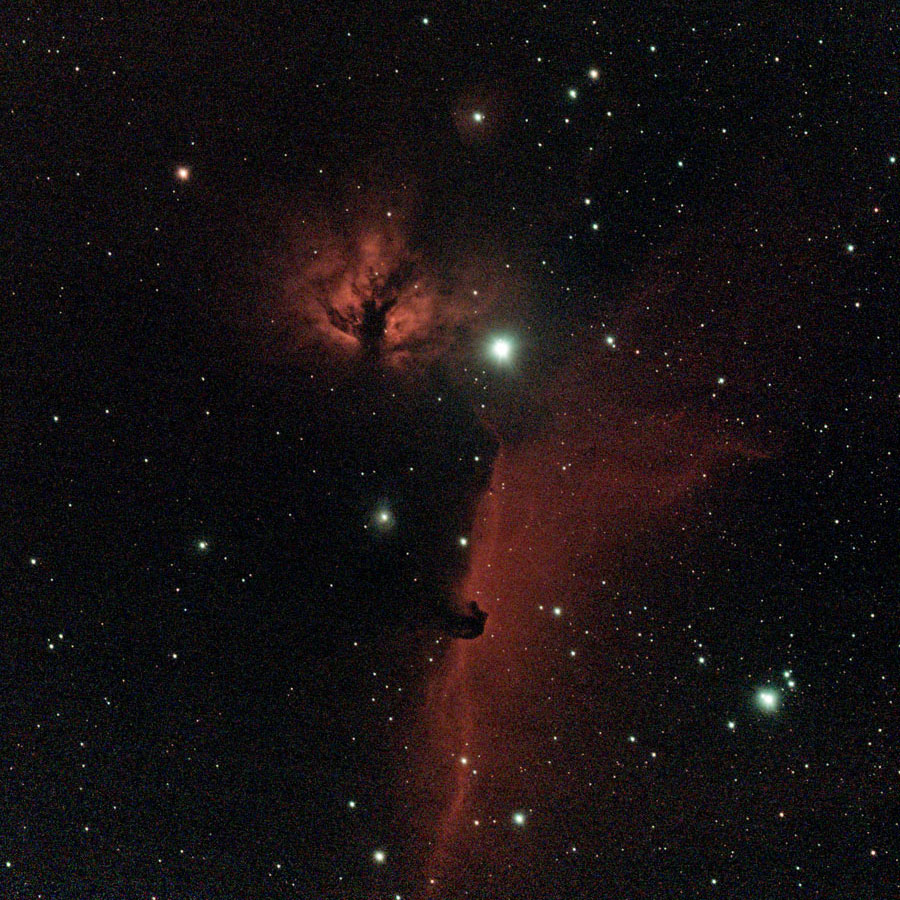 |
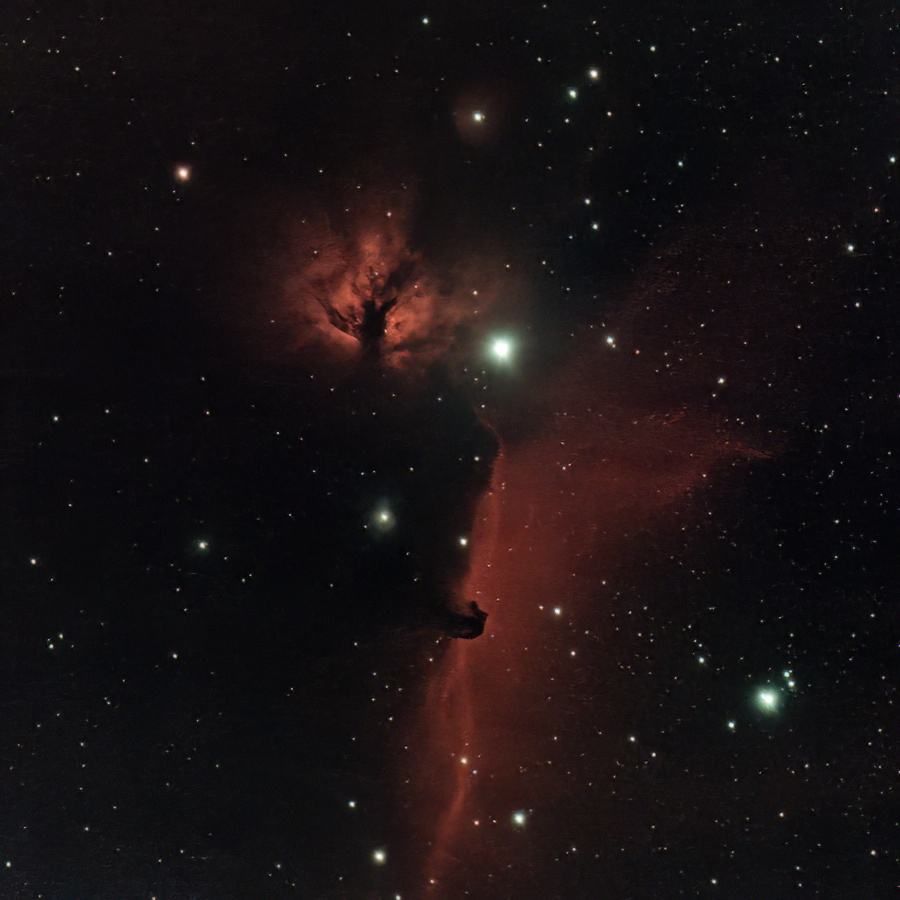 |
|
NGC 2024 and B 33, Jan 29, 2023 - large (1910 s), mosaic, Dual Band Filter, processed |
NGC 2024 and B 33, Jan 29, 2023 - large (1910 s), mosaic, Dual Band Filter, photo left additionally post-processed with DeNoise AI |
NGC 7000
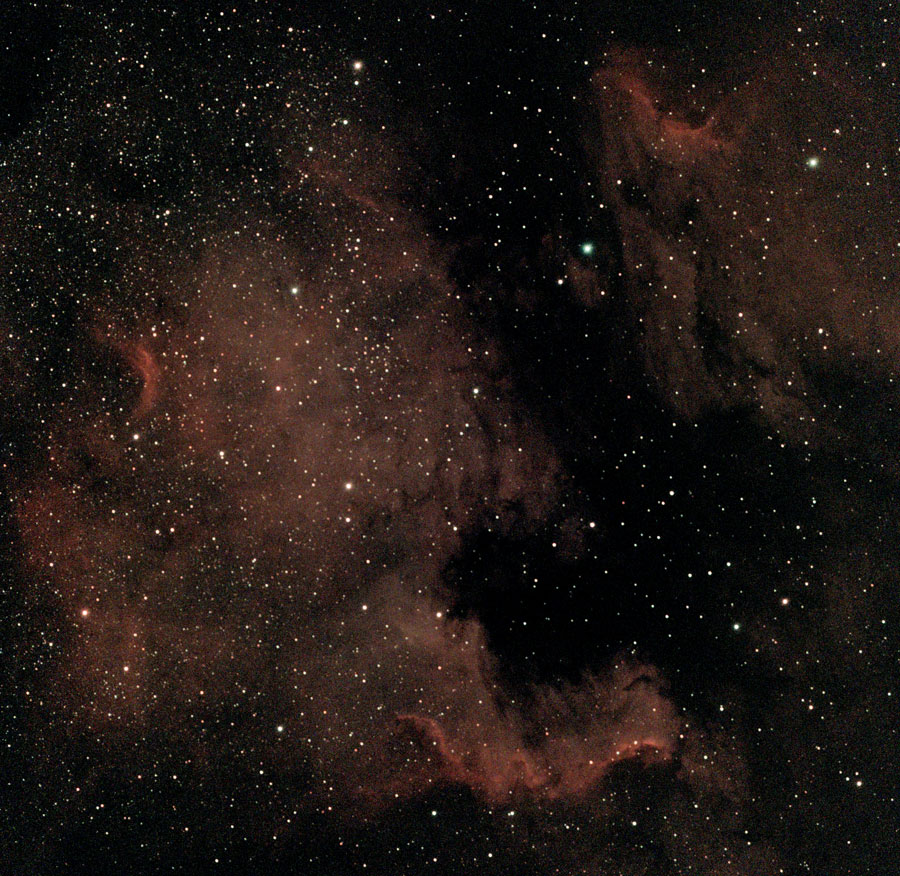 |
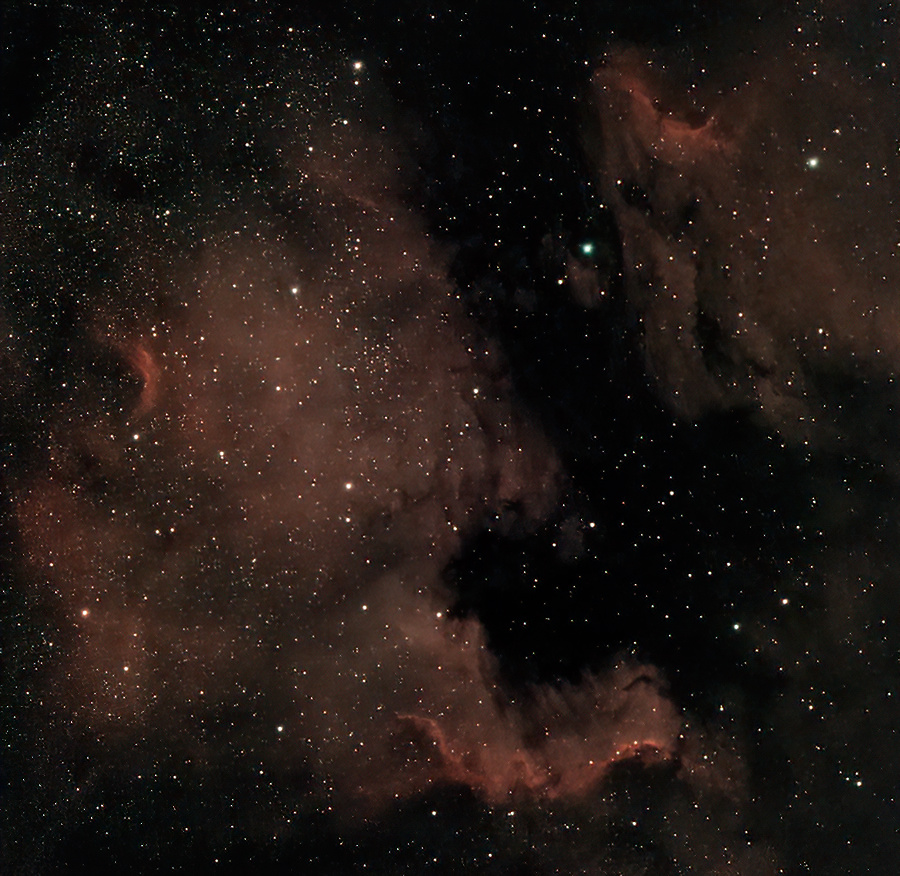 |
|
NGC 7000 and IC 5070, Jan 11, 2024 - large (363 frames = 3630s), mosaic, Dual Band Filter, processed |
NGC 7000 and IC 5070, Jan 11, 2024 - large (363 frames = 3630s), mosaic, Dual Band Filter, photo left additionally post-processed with DeNoise AI |
First Conclusions
In principle, the use of Topaz Denoise AI brings an improvement in terms of noise and image impression for all the photos shown here. However, the actual improvement depends on the size of the image and the DeNoise AI model used. For the "small" photos with a width of 900 pixels, the Clear model often delivers the best result. For full-size photos, however, the Severe Noise model seems to deliver better results. You should therefore apply DeNoise to the actual image size used and check, which AI model delivers the best result. Since all models can be displayed in parallel in DeNoise, this should not be too difficult...
I also notice that the stars, which are already noticeably suppressed by the Dual Band Filter, are suppressed even further by DeNoise. It should be noted that the processed, i.e. brightened, versions shown here emphasize the stars somewhat compared with the original photos.
Note: In June 2024, I sold my Vaonis Vespera smart telescope. I therefore cannot report any further experiences with it here. |
Links
- Vaonis: vaonis.com/fr/ (FR), vaonis.com (EN)
- Vespera Dual Band Filter: vaonis.com/product/vespera-dual-band-filter (EN)
- See also my page offering Astronomy Links.
| 05.10.2024 |
